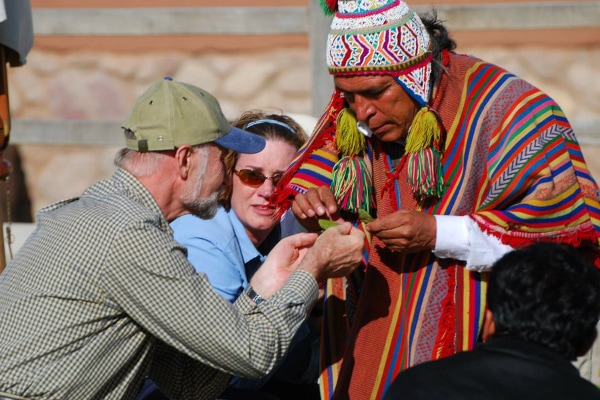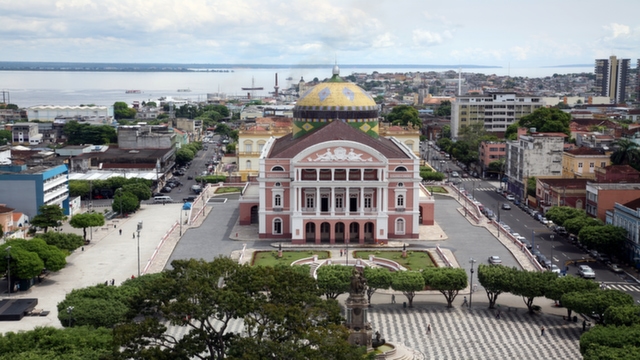Preparation and what to bring for Machu Picchu
Tackling the ancient site of Machu Picchu in Peru’s Sacred Valley requires some serious mental and physical preparation…and that depends on how you plan the experience. One option is to take it easy and relaxed, soaking in the spectacular atmosphere of the verdant Sacred Valley prior to making the train or trek. Taking the train to the Inca settlement is easily the best and most efficient way to visit Machu Picchu. However, many travelers want to experience the challenge of making the 4-day classic trek along the Inca trail, an ancient trade route used by this historical civilization, and to do this; you need to prepare. If you’re somewhere in between, not to worry, there’s a 2 day Inca Trail hike, in case you find yourself in between the two. Here’s what you need to know before traveling to Machu Picchu.
Plan ahead
If you are planning on hiking the full 4 day Inca trail, it is important that you plan ahead, as the trail only allows only 500 trekkers each day, at any given time of the year, and so sells out months in advance. If you have your heart set on doing this hike, make sure to book way ahead of time to secure your place on the trail. It is wise to check around six months before you plan on traveling whether there are spots available and keep in mind that the trail is closed in February. If for any reason your travel dates aren’t meshing with availability, there’s usually space available on the 2 day trek, and almost always visiting the Inca citadel by train. Also, make sure to explore other areas to extend your visit, Peru is perfect for every type of traveler!
Get acclimatized

Hiking can be exhausting at the best of times, but when you are trekking at a high altitude, the job becomes even tougher. The best thing to do is to to review our Cusco Travel Guide, and plan to arrive in Cusco a few days before your trek begins, so that you can acclimatize to the altitude. The altitude in Cusco is approximately 3400m / 11000ft above sea level and can leave even the fittest person out of breath, so it is advised to take your time getting used to being active at this height. If the altitude concerns you even the least bit, check out Coping with Altitude in Cusco, as your best bet would be to arrive to Cusco and leave that same day into the Sacred Valley, which has a lower altitude than Cusco (9500ft / 2900m).
There are preventative medications such as Diamox (suffer-based) that can be prescribed by your physician. Diamox is also used for motion sickness but found to be extremely useful when it comes to acclimatization as well. There are a few other tricks to hanging in there with the altitude. Contact our local travel experts or check out our Peru Travel Guide, we can help plan an unforgettable journey that will make sure that everything runs like clockwork during your trip to Peru.
Layers, boots and rain gear
One of the most important things to think about before you get on the plane is what you’re going to bring. Depending on the time of year, the weather can be more extreme in terms of rain than at other times, but expect there to be at least a shower at some point on your Inca trail hike. The best tactic is to bring breathable layers of dryfit, fleece and a sturdy rain and windproof outer layer, that you can peel away as you get hotter during the hike. A pair of comfortable hiking boots are also a must-have, and if you buy a new pair especially for this trip, make sure you break them in at home first, or else you run the risk of getting nasty blisters while you hike, not something you want.
Travel light
Seeing as you’ll be on the trail for a couple of days, you won’t want to be laden down with lots of weight in your backpack. Luckily, there are guides, with donkeys, on hand to carry the majority of your packs up the mountain, but most travelers will still keep a day pack with them that will have water, snacks, sun cream, lip balm and tissue paper in it, as well as anything else you might need. There are various kiosks stationed along the trail where you can stock up on supplies, don’t bring too much with you at the start.
What to pack if hiking the 4 day Inca Trail?
Temperatures vary greatly on the trail and rain and wind are possible. Days can be very warm in the lower areas, whereas nights at high altitude get very chilly. You may also want to have a look at our Ultimate Inca Trail Guide, which can help give some perspective in case you’re planning to make the 4 day hike. The best course of action is layering. You will also need good boots, something relatively light weight with ankle support is ideal. Be sure to take your boots for a walk before hitting the trail as blisters will spoil your enjoyment. Below is a list of packing essentials:
- Current Passport, if renewed at time of booking a copy of old passport.
- Small daypack with sunglasses, sun hat, sun and insect lotion, camera, and bandana.
- One set of base clothes per day (t-shirt, socks, trousers).
- Microfiber fleece, long underwear, winter hat and gloves for colder days/nights.
- Waterproof pants, water and windproof jacket.
- Good walking boots, light sport shoes and flip-flops.
- Water canteen, as plastic bottles are prohibited on trek.
- Sleeping bag (good quality bags and liners are available for hire).
- Flashlight, spare batteries, and portable power bank.
- Personal medication, toiletries and towel.
- Peruvian currency in small denominations for tips and small purchases.













